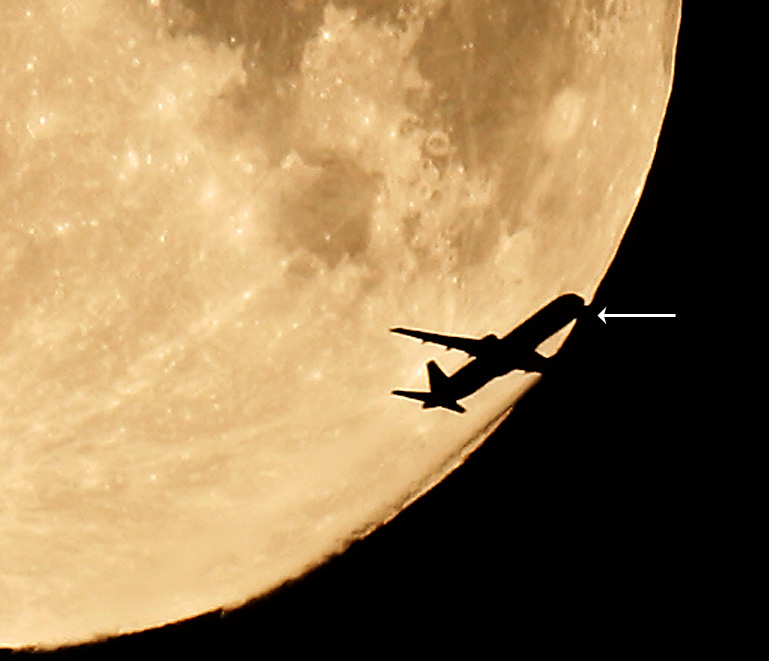Difference between revisions of "June 18, 2009"
| (2 intermediate revisions by the same user not shown) | |||
| Line 1: | Line 1: | ||
__NOTOC__ | __NOTOC__ | ||
=Lunar Black Drop?= | =Lunar Black Drop?= | ||
| + | <!-- Start of content --> | ||
<!-- ws:start:WikiTextHeadingRule:2:<h1> --> | <!-- ws:start:WikiTextHeadingRule:2:<h1> --> | ||
<!-- ws:start:WikiTextLocalImageRule:8:<img src="/file/view/LPOD-June18-09.jpg/78569791/LPOD-June18-09.jpg" alt="" title="" /> -->[[File:LPOD-June18-09.jpg|LPOD-June18-09.jpg]]<!-- ws:end:WikiTextLocalImageRule:8 --><br /> | <!-- ws:start:WikiTextLocalImageRule:8:<img src="/file/view/LPOD-June18-09.jpg/78569791/LPOD-June18-09.jpg" alt="" title="" /> -->[[File:LPOD-June18-09.jpg|LPOD-June18-09.jpg]]<!-- ws:end:WikiTextLocalImageRule:8 --><br /> | ||
| − | <em>image by [mailto:chriskots@gmail.com | + | <em>image by [mailto:chriskots@gmail.com Chris Kotsiopoulos], Greece</em><br /> |
<br /> | <br /> | ||
A most enigmatic phenomenon known as 'black drop effect' is known from when the planet Venus transits in front of the Sun. It is seen as a dark patch appears to connect Venus with the dark sky past the edge of the Sun, sometimes giving Venus a teardrop shape. The leading theory suggests that under exceptional seeing conditions combined with very good optics the effect may not be visible at all. But how does all this relate to this image? Look closely to the front of the plane. A distinct black drop effect is visible where the nose of the aircraft approaches the edge of the Moon. In this case, it is more obvious than the typical Sun - Venus black drop effect. Apparently, the effect can be observed and recorded with any transiting object in front of the Sun or the Moon. But why is this one is so distinct? Perhaps the speed of the passing object is also a factor.<br /> | A most enigmatic phenomenon known as 'black drop effect' is known from when the planet Venus transits in front of the Sun. It is seen as a dark patch appears to connect Venus with the dark sky past the edge of the Sun, sometimes giving Venus a teardrop shape. The leading theory suggests that under exceptional seeing conditions combined with very good optics the effect may not be visible at all. But how does all this relate to this image? Look closely to the front of the plane. A distinct black drop effect is visible where the nose of the aircraft approaches the edge of the Moon. In this case, it is more obvious than the typical Sun - Venus black drop effect. Apparently, the effect can be observed and recorded with any transiting object in front of the Sun or the Moon. But why is this one is so distinct? Perhaps the speed of the passing object is also a factor.<br /> | ||
<br /> | <br /> | ||
| − | <em>[mailto:chriskots@gmail.com | + | <em>[mailto:chriskots@gmail.com Chris Kotsiopoulos]</em><br /> |
<br /> | <br /> | ||
<strong>Technical Details</strong><br /> | <strong>Technical Details</strong><br /> | ||
| Line 13: | Line 14: | ||
<br /> | <br /> | ||
<strong>Related Links</strong><br /> | <strong>Related Links</strong><br /> | ||
| − | Chris' [http://www.greeksky.gr/ | + | Chris' [http://www.greeksky.gr/ webpage]<br /> |
<br /> | <br /> | ||
| + | <p><b>Yesterday's LPOD:</b> [[June 17, 2009|Beyond the Cat's Smile]] </p> | ||
| + | <p><b>Tomorrow's LPOD:</b> [[June 19, 2009|Return To the Moon, Finally]] </p> | ||
<hr /> | <hr /> | ||
| + | {{wiki/ArticleFooter}} | ||
Latest revision as of 21:46, 7 February 2015
Lunar Black Drop?

image by Chris Kotsiopoulos, Greece
A most enigmatic phenomenon known as 'black drop effect' is known from when the planet Venus transits in front of the Sun. It is seen as a dark patch appears to connect Venus with the dark sky past the edge of the Sun, sometimes giving Venus a teardrop shape. The leading theory suggests that under exceptional seeing conditions combined with very good optics the effect may not be visible at all. But how does all this relate to this image? Look closely to the front of the plane. A distinct black drop effect is visible where the nose of the aircraft approaches the edge of the Moon. In this case, it is more obvious than the typical Sun - Venus black drop effect. Apparently, the effect can be observed and recorded with any transiting object in front of the Sun or the Moon. But why is this one is so distinct? Perhaps the speed of the passing object is also a factor.
Chris Kotsiopoulos
Technical Details
7/6/2009 1:28. Canon EOS DIGITAL REBEL XTi + Skywatcher ED 80; Shutter Speed 1/160 and Aperture Value 7.5, ISO 100.
Related Links
Chris' webpage
Yesterday's LPOD: Beyond the Cat's Smile
Tomorrow's LPOD: Return To the Moon, Finally
COMMENTS?
Register, Log in, and join in the comments.



